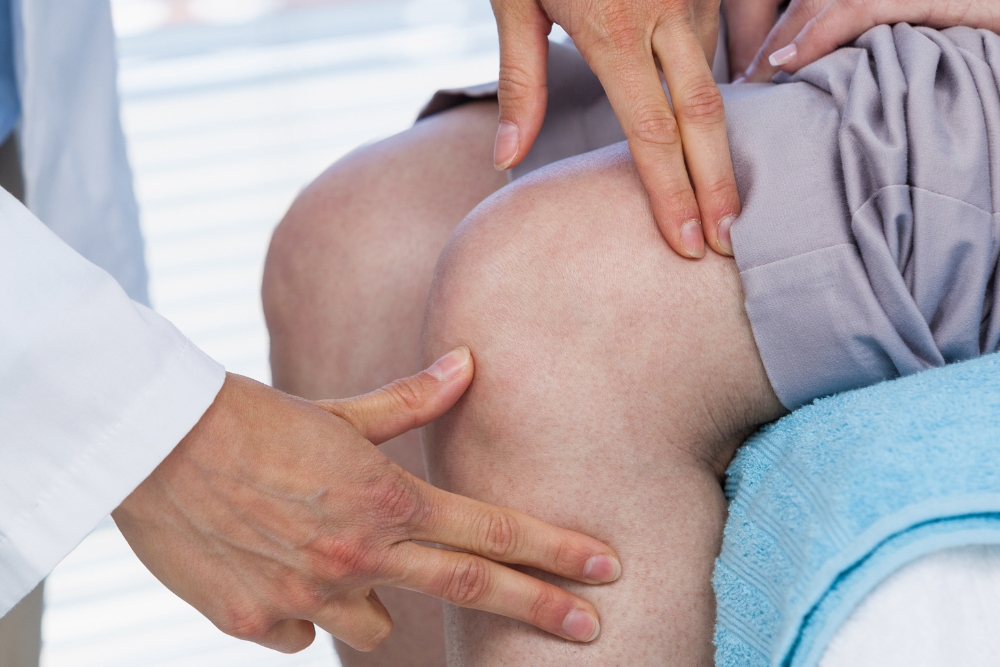Finding the Best Peripheral Neuropathy Treatment Centers and Doctors in the USA in 2025
Did you know that peripheral neuropathy involves complex nerve damage requiring precise diagnosis and clinical evaluation to determine the underlying causes, which may vary significantly depending on the individual’s symptoms, medical history, and physical examination?

Understanding Peripheral Neuropathy and Its Treatment Needs
Peripheral neuropathy results from damage to peripheral nerves responsible for transmitting signals between the brain, spinal cord, and body. This damage can affect sensory, motor, or autonomic nerves, causing symptoms such as:
- Numbness, tingling, or prickling sensations
- Burning pain, often intensifying at night
- Muscle weakness in arms and legs
- Autonomic symptoms (e.g., blood pressure fluctuations, bladder or digestive difficulties)
Because symptoms vary widely and can overlap with other conditions, precise diagnosis is essential to guide treatment.
Characteristics of Leading Peripheral Neuropathy Treatment Centers
In 2025, neuropathy treatment centers in the United States are often linked to academic medical centers or multidisciplinary specialty groups. These centers usually offer:
- Diagnostic Capabilities: Including nerve conduction studies, electromyography (EMG), autonomic testing, nerve biopsies, and nerve imaging (MRI).
- Multispecialty Care Teams: Neurologists, neuromuscular specialists, neurosurgeons, orthopedic surgeons, pain management experts, physical and occupational therapists, and radiologists working collaboratively.
- Therapeutic Options: Medication management, rehabilitation, surgical nerve decompression, and procedures focused on nerve repair and pain relief.
- Research and Clinical Trials: Access to emerging therapies and studies offering innovative treatments.
- Patient-Centered Approaches: Treatment plans customized to the neuropathy cause, symptom severity, and patient lifestyle.
Examples of Peripheral Neuropathy Centers in the USA
Several nationally recognized centers provide neuropathy care:
- NewYork-Presbyterian/Columbia University Irving Medical Center:Known for inflammatory neuropathies such as Guillain-Barré Syndrome (GBS) and Chronic Inflammatory Demyelinating Polyneuropathy (CIDP). Services include electrophysiological studies, nerve biopsies, rehabilitation, and a neuromuscular disease specialist team for adult and pediatric care.
- Penn Medicine Peripheral Nerve Care:Specializes in over 100 peripheral nerve disorders with a collaborative care model involving neurosurgeons, neurologists, radiologists, and rehabilitation therapists. Care includes advanced imaging and electrophysiology, personalized pain management avoiding opioids, and surgical and nonsurgical treatment options. Virtual consultations are provided for select cases.
- The Spine & Rehab Group (New York & New Jersey):Offers non-surgical treatment options focusing on medication management, physical therapy, and interventional procedures. Emphasizes individualized plans using advanced technology to reduce pain and improve function in community-based settings.
Diagnostic and Treatment Approaches for Peripheral Neuropathy
Leading centers use various diagnostic tools to identify the type and cause of peripheral neuropathy and tailor treatment accordingly:
- Nerve Conduction Studies & Electromyography: Evaluate electrical conduction and muscle response in nerves.
- Autonomic Testing: Assesses nerve function related to internal organs.
- High-Resolution MRI and Imaging: Visualizes nerve structure and detects compressions or injuries.
- Nerve Biopsy: Occasionally employed for definitive tissue diagnosis.
Treatment may involve:
- Medications: Pain relievers, anti-inflammatory drugs, vitamins, or agents supporting nerve health.
- Physical and Occupational Therapy: Maintains and restores muscle strength and coordination.
- Interventional Procedures: Includes steroid injections or nerve blocks.
- Surgical Interventions: Such as nerve decompression or repair when structural issues contribute to nerve damage.
- Lifestyle and Nutritional Support: Diabetes management, avoidance of neurotoxins, dietary improvements, and regular exercise.
Specialized Care for Foot Neuropathy
Foot neuropathy, a common form of peripheral neuropathy, requires targeted approaches to alleviate pain and reduce risks like ulcers and infections. Practices in 2025 include:
- Precise assessment of affected nerve fiber types (sensory, motor, autonomic).
- Pain management strategies emphasizing non-opioid options.
- Rehabilitation programs focusing on balance and gait training.
- Patient education on foot care and lifestyle changes important for symptom management.
Practical Recommendations for Patients Seeking Neuropathy Care in the USA
Those experiencing symptoms consistent with peripheral or foot neuropathy may find the following helpful for accessing suitable care:
- Consider Evaluation at Academic or Multispecialty Medical Centers: These centers often have extensive expertise and access to specialized diagnostics and therapies.
- Consult Neurology or Neuromuscular Disease Specialists: Professionals trained for accurate diagnosis and management of complex cases.
- Request Electrophysiological Testing: Nerve conduction studies and electromyography assist in confirming diagnosis.
- Discuss Customized Treatment Plans: Neuropathy care typically requires a comprehensive approach tailored to individual needs and may include clinical trial options when appropriate.
- Explore Telemedicine Options: Some centers offer virtual consultations convenient for initial evaluations or follow-up care.
Understanding Costs and Insurance Coverage
Costs for neuropathy diagnosis and treatment vary depending on care complexity, facility, and insurance coverage. Many centers accept a range of insurance providers. Patients are advised to:
- Confirm insurance coverage and referral requirements before appointments.
- Inquire about diagnostic and treatment costs in advance.
- Discuss financial assistance or payment plans when available.
Peripheral neuropathy care in the USA in 2025 involves multidisciplinary teams and advanced diagnostic and treatment options at specialized centers. Through thorough assessment and individualized treatment, patients may access approaches that help manage symptoms and support quality of life. While comprehensive national directories are limited, concentrating on major academic centers, recognized Centers of Excellence, and reputable multidisciplinary clinics can help identify appropriate neuropathy care providers.
Sources
- NewYork-Presbyterian/Columbia University Irving Medical Center - Peripheral Neuropathies
- Penn Medicine - Peripheral Nerve Care
- The Spine & Rehab Group - Peripheral Neuropathy Care in New York & New Jersey
Disclaimer: All content, including text, graphics, images and information, contained on or available through this web site is for general information purposes only. The information and materials contained in these pages and the terms, conditions and descriptions that appear, are subject to change without notice.




